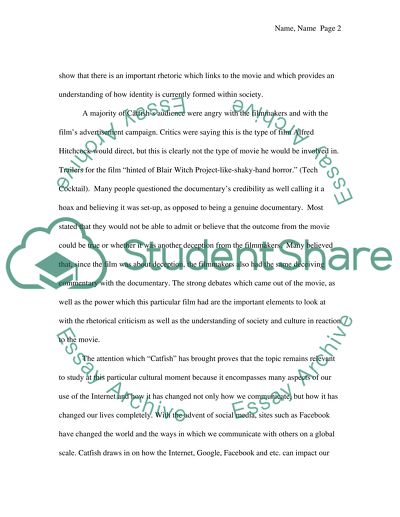Cite this document
(“CATFISH - APPLYING A METHOD OF RHETORICAL CRITICISM Research Paper”, n.d.)
Retrieved from https://studentshare.org/family-consumer-science/1419277-catfish-applying-a-method-of-rhetorical-criticism
Retrieved from https://studentshare.org/family-consumer-science/1419277-catfish-applying-a-method-of-rhetorical-criticism
(CATFISH - APPLYING A METHOD OF RHETORICAL CRITICISM Research Paper)
https://studentshare.org/family-consumer-science/1419277-catfish-applying-a-method-of-rhetorical-criticism.
https://studentshare.org/family-consumer-science/1419277-catfish-applying-a-method-of-rhetorical-criticism.
“CATFISH - APPLYING A METHOD OF RHETORICAL CRITICISM Research Paper”, n.d. https://studentshare.org/family-consumer-science/1419277-catfish-applying-a-method-of-rhetorical-criticism.


